Black Currants (Ribes nigrum) - The Outlaw Berry
Exploring the many gifts offered by Black Currants the in the context of Food Forest Design. This is Installment #21 of the Stacking Functions in the Garden, Food Forest and Medicine Cabinet series.
(This post serves as the 21st post which is part of the Stacking Functions in the Garden, Food Forest and Medicine Cabinet : The Regenerative Way From Seed To Apothecary series).
As promised, here is an in depth article on Black Currants! Enjoy :)
Black Currant bushes are one of the most low maintenance and prolific berry producers in my garden. I get at least 5 pounds off each bush annually (sometimes 10 lbs plus of berries!) with no work required except pruning (if they get too massive for the area) compost top dressing and mulching.
Black currants are one of the most nutritious berries “currantly” overlooked by many Turtle Island dwelling regenerative garden and food forest designers. Their nutritional profile in relation to other popular berries and fruits is very impressive. Black currants are particularly high in antioxidants and contain more vitamin C than oranges, and nine times the calcium, five times the iron, and four times the magnesium and potassium of blueberries.
They have more phosphorus than most fruits; more iron and protein than any fruit (aside from goji and elderberry); and as noted above, they are Very high in ascorbic acid (Vit C). One tablespoon of black currant berries contains about 75% of the daily recommended intake of vitamin C. They are also rich in polyphenol anthocyanins in fruits and flavonoids in leaves, that have very high antioxidant activity that benefits over all health and longevity in significant ways.
If only I could use Currants as Currency I would be rich! Oh, wait a second, I have collaborated and aligned with nature to create a food production system that is self-perpetuating, produced prolific and delicious abundance with the only real work required on my part being to harvest, and eating these delicious morsels enhances my own health, resilience and longevity.. I am rich!! Wealthy in a way that no amount of lazy opulence can touch or compare to, yes, currents are one of my favorite types of currency, and I am feeling very wealthy indeed.
Common Name: Blackcurrant, European black currant
Family: Grossulariaceae
Part used for medicine/food: berries, leaves, and flowers
Constituents: a rich source of phenolic compounds such as anthocyanins, gamma-linolenic acid (GLA), anthocyanins (delphinidin 3-glucoside, delphinidin 3-rutinoside, cyanidin 3-glucoside, cyanidin 3-rutinoside, petunidin 3-rutinoside, pelargonidin 3-rutinoside, peonidin 3-rutinoside, petunidin 3-(6-coumaroyl)-glucoside and cyanidin 3-(6-coumaroyl)-glucoside), flavonols, pectins, organic acids (Gallic acid, Hydroxycinnamic acids: Caffeic acid, coumaric acid, and ferulic acid).
Stilbenoids., simple sugars, polysaccharides, flavonoids (myricetin, followed by quercetin and kaempferol), Limonene, sabinene, ocimene, pinene, terpinolene, carene, humulene, terpinen and caryophyllene, proanthocyanidins, as well as phosphorus, magnesium, calcium, potassium, iron, vitamin C and protein. Blackcurrant seeds are a rich source of potent antioxidants, the seeds also contain high levels of polyunsaturated fatty acids, especially γ-linolenic acid (Traitler, Winter, Richli, & Ingenbleek, 1984), which is stable in the intact seed (Lu, Foo, 2003, Lu et al, 2002, Shahidi, Naczk, 2004). A recent study on antioxidant activity of berries suggests that blackcurrants had the highest antioxidant capacity in the FRAP assay followed by blueberries, raspberries, and red currants. Only berries I know that have a higher ORAC value are Goji berries, Elderberries and Acai berries.
Medicinal actions: anti-inflammatory, immunomodulatory, Anti-rheumatic, antioxidant, anti-tumor activities (“enormous potential for cancer prevention” (Bishayee et al, 2011, Gopalan et al, 2012), Diuretic, diaphoretic, febrifuge, reduces risk of cardiovascular disease and innate immune system supporting properties. Compounds within the berries and leaves also have been shown to help with healing of body organs such as; skin, eye, brain, lungs, bone, kidneys, heart and wounds.
Anti-inflammatory benefits:
Black currant buds help with pain from osteoarthritis, gout, and other joint conditions
Black currant contains gamma-linolenic acid (GLA), which can help reduce swelling and inflammation
Black currant extract can reduce the expression of pro-inflammatory genes
Antioxidant benefits:
Black currant contains anthocyanins, which have antioxidant effects
Black currant extract can help prevent skin aging and wrinkles
Immune-boosting:
Black currant contains vitamin C and antioxidants, which can help your body fight infection and viruses
Black currant extract can help slow the growth of cancer cells
Other medicinal actions:
Black currant help lower cholesterol and triglyceride levels
Black currant help relieve muscle fatigue
Black currant help improve circulation
Black currant help treat glaucoma
Black currant leaves can be used to relieve pain and itch from minor wounds and insect bites
Pharmacology: Recent studies have demonstrated its therapeutic potential against various health disorders. Various bioactives present in blackcurrants have different functional and pharmacological aspects including anti‐inflammatory, anti-tumor, tissue regenerating, ocular-protective, Osteoprotective, antioxidant, and antimicrobial properties. Also has been shown to help with hypertension and other cardiovascular-associated illnesses, neurodegenerative and ocular diseases, nephrolithiasis, and diabetic neuropathy. Black currant seed oil is also used for treating symptoms of menopause, premenstrual syndrome, painful periods and breast tenderness.
Black currant dried leaf is used for arthritis, gout, joint pain (rheumatism), diarrhea, colic, hepatitis and other liver ailments, convulsions, and disorders that cause swelling (inflammation) of the mouth and throat. Black currant dried leaf is also used for treating coughs, colds, and whooping cough; disinfecting the urine; promoting urine flow; treating bladder stones, and as a cleansing tea.
Cold Hardiness: 3-8 (hardy to minus 42C and requiring 800-1500 chilling hours)
Native Range:
Wild species grows in all Europe, in Siberia (till Baikal), on the north-east of Kazakstan.
Growth Form: 3-5 ft. in height and width (though some of my happier bushes get to be 6 feet high by 5 feet wide). Leaves with 3-5 sharp, wide-triangular blades; upper leaf surface naked, downy, dark-green; lower surface with pubescent nerves and specific yellowish glandules secreted aromatic substances. The flowers are small, campaniform, lilac-tinged or pinkish-grey, combined in 5-10-flowers racemes up to 8 cm length. Inflorescences on the shortened shoots. The mature berries are spherical, about 10 (up to 18) mm diameter, more often dark (black, dark-blue), but sometimes brown or green, with 3-37 seeds. Shrubs live up to 40-50 years, but after 20-25 years berry harvest decreases. Separate brunches fructify during 5-7 years, beginning from 1-2 years of life.
Reproduction / Flowering: Flowers are hermaphrodite (have both male and female organs) and are pollinated by Bees or itself as the plant is self-fertile.
Bloom Time: March-April
Habitat and Ecological Niche:
Habitat
Soil: Prefers well-drained, moist soil, but can grow in light, medium, and heavy soils
Light: Can grow in semi-shade or full sun
pH: Can grow in acid, neutral, and alkaline soils
Understory: Can grow well in understory environments
Understory Niche. Black currants are shade-tolerant and can be grown under tree crops.
Native to Europe and ranges from Great Britain into central Asia and inhabits hedgerows, meadows, and streamsides.
There is a wide phenotypic diversity among black currants. This morphological variation is exhibited in plant growth, habit and several characteristics, which include bud position in relation to shoot, bud shape of apex, bud bloom and the opening of leaf blade base and floral features as well as berry size and flavor.
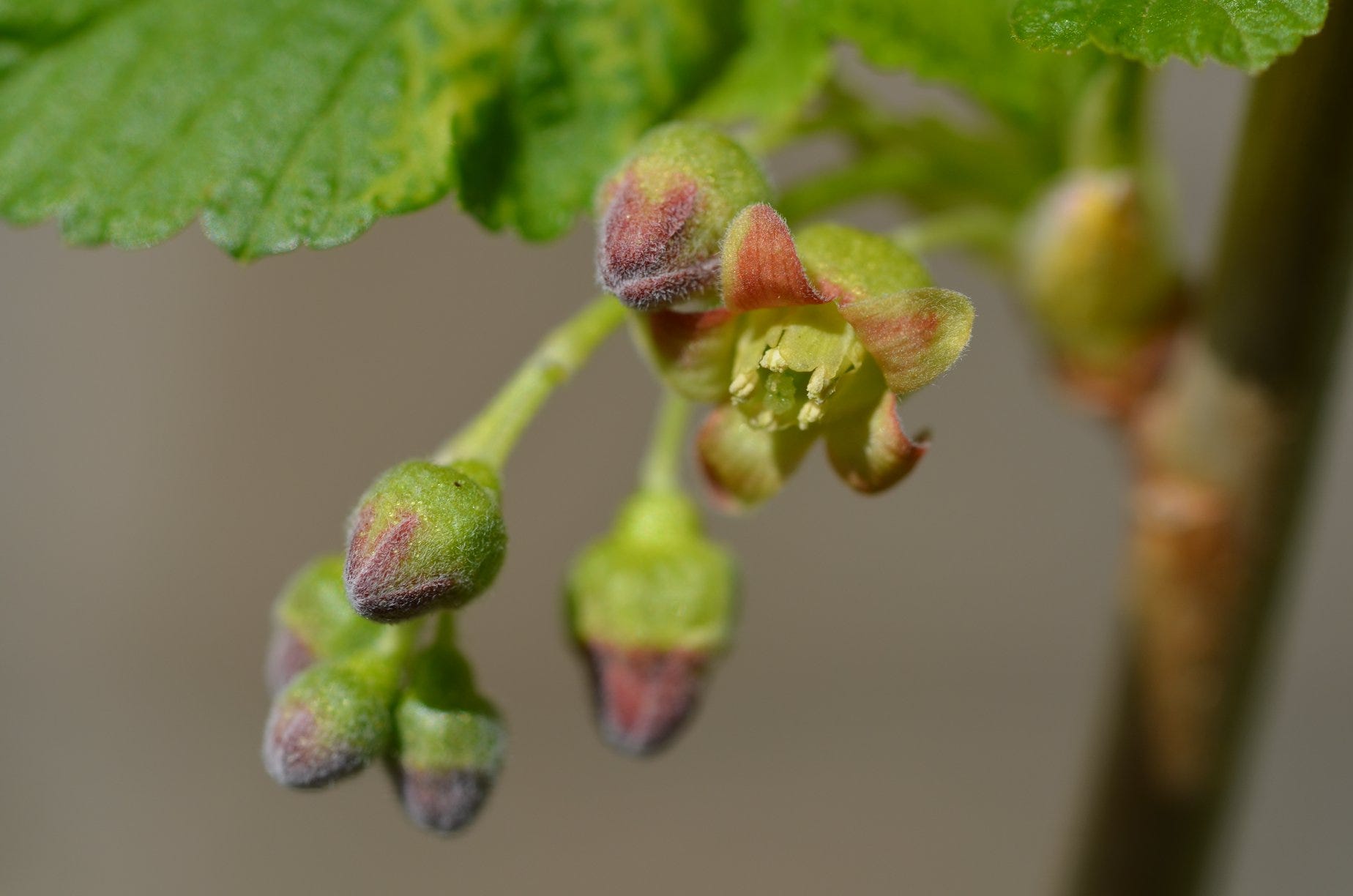
As is the case with the wild apples I grow in my garden, saving seed from and growing out crops like these with a wide phenotypic diversity allows for increasing the resilience of your garden through encouraging genetic diversity that results in varied disease, cold and drought tolerance in successive generations grown from seed.
Health Benefits of Black Currents:
Nutrient-rich, versatile and jam-packed with health benefits, the black currant may not be well-known around the world, but it should be.
With emerging evidence showing that the black currant possesses antioxidant, antibacterial and antiviral properties and may be useful in slowing cancer growth, enhancing immunity and even preventing eye disease, this sour berry should be a must-try on everyone’s list.
Not only can you enjoy this flavorful berry all on its own, but it can also make a delicious addition to everything from baked goods to glazes and more. For even more added convenience, you can also pop a quick capsule of black currant oil to get an instant megadose of its many health benefits.
Whether you’re just hearing of black currants for the first time or they’ve been a longtime favorite in your household, these tart berries are high in health benefits and can be a nutritious addition to any diet.
People take blackcurrant to help their:
blood flow
immune system
eye health
gut health
kidney health
One cup (about 112 grams) of raw European black currants contains approximately:
70.5 calories
17.2 grams carbohdyrates
1.6 grams protein
0.5 gram fat
203 milligrams vitamin C (338 percent DV)
0.3 milligram manganese (14 percent DV)
1.7 milligrams iron (10 percent DV)
361 milligrams potassium (10 percent DV)
26.9 milligrams magnesium (7 percent DV)
66.1 milligrams phosphorus (7 percent DV)
1.1 milligrams vitamin E (6 percent DV)
61.6 milligrams calcium (6 percent DV)
258 international units vitamin A (5 percent DV)
0.1 milligram copper (5 percent DV)
0.1 milligram thiamine (4 percent DV)
0.1 milligram vitamin B6 (4 percent DV)
0.4 milligram pantothenic acid (4 percent DV)
1. Rich in Anthocyanins
The deep purple pigment of the black currant is attributed to its high anthocyanin content. Anthocyanins are plant pigments that produce a red, purple or blue hue depending on their pH.
Black currants contain a good variety of different anthocyanins, with some studies showing that they contain up to 15 unique types.
In addition to their role as a plant pigment, anthocyanins also possess many health-promoting properties. Research suggests that anthocyanins may play a role in heart health, and studies have shown that they improve obesity and even diabetes.
They also act as antioxidants, which are compounds that neutralize harmful free radicals to prevent cell damage as well as chronic disease.
In addition to black currants, other anthocyanin-rich foods include berries (such as Goji), eggplant, red cabbage and grapes. Including a good amount of these foods in your diet can have a lasting impact on your health.
2. Reduces Cancer Growth
One of the most impressive benefits of the black currant plant is its potential effect on cancer. Thanks to its high anthocyanin content, some research has found that black currant extract may help slow the growth of cancer.
In one test-tube study conducted by Northeastern Ohio Universities Colleges of Medicine and Pharmacy, black currant extract was able to help inhibit the growth of liver cancer cells.
Another study out of Japan found that black currant extract blocked the spread of breast and endometrial cancer cells.
Other research published in the Journal of Medicinal Food has shown that black currant extract may also be effective in killing off stomach and esophageal cancer cells.
3. Promotes Eye Health
Glaucoma is a group of eye diseases that can cause blurred and distorted vision and may even lead to blindness. This is typically a result of damage to the optic nerve, the nerve that connects the brain to the eyes.
Some studies show that the compounds found in black currants could help prevent glaucoma and promote the health of your eyes.
One study conducted in Japan and published in the Journal of Ocular Pharmacology and Therapeutics concluded that supplementing glaucoma patients with black currant extract was able to decrease levels of endothelin-1, a type of hormone that is thought to contribute to the development of glaucoma.
Another two-year, randomized, placebo-controlled study, again conducted in Japan at the Sapporo Medical University School of Medicine, found that black currant anthocyanins helped reduce vision loss and improved blood flow to the eyes in patients with glaucoma.
When used in combination with traditional treatments, black currant may be effective in promoting eye health and preventing vision loss. (For more info on Ocular-protective foods read this article.)
4. Optimizes Innate Immunity:
Black currant is bursting with vitamin C. In fact, just one cup of raw black currants can provide triple the amount you need for the entire day.
Vitamin C is well-known for its immune-enhancing and anti-inflammatory properties. Studies show that vitamin C can shorten the duration of respiratory tract infections and protect against malaria, pneumonia and diarrhea infections, among others.
One review from the Department of Public Health at the University of Helsinki in Finland comprised 12 studies and found that vitamin C supplementation cut common cold incidence by up to 91 percent and slashed the incidence of pneumonia by 80 percent to 100 percent.
Vitamin C also acts as an antioxidant that has proved to prevent damage to tissues caused by harmful free radicals and may even reduce the risk of cancer, heart disease and stroke.
Blackcurrant leaves also have a range of properties, including:
antimicrobial
anti-inflammatory
antiviral
antitoxic
antiseptic
anticancer
For best results, pair black currant or black currant seed oil with other high vitamin C foods, such as fruits and vegetables, to keep your immune system strong.
5. Protects Against Pathogens
In addition to its powerful abilities as an antioxidant, black currant also contains antimicrobial properties that could help protect against harmful bacteria and viruses.
A 2012 study in Japan published in Microbiology and Immunology highlighted that black currant extract with a concentration of less than 1 percent was able to block the growth of several strains of viruses — including those responsible for adenovirus and influenza — by over 50 percent. An extract of 10 percent concentration was able to block 95 percent of these viruses from sticking to cell surfaces.
Another study from the Department of Microbiology at Asahikawa Medical College in Japan demonstrated that treating strains of influenza with a concentrated amount of black currant seed extract was able to completely suppress virus growth.
Other research has found that black currant oil may be effective against H. pylori, a type of bacteria that can cause stomach ulcers, abdominal pain and nausea.
6. Anti-inflammatory
Blackcurrants have a direct effect on your body’s inflammatory response.
Blackcurrant seed oil contains gamma-linolenic acid (GLA), a type of omega-6 fatty acid that’s been said to help ease inflammation in the body. The high GLA and anthocyanin content can help reduce joint or muscle:
pain
stiffness
soreness
damage
In some studies, GLA supplements were so effective that participants with rheumatoid arthritis could reduce their usual pain medications.
7. Improves Cardiovascular Health
Blackcurrant is high in potassium and GLA, which can help lower your blood pressure too. The GLA also helps cells in your heart resist damage and slows down platelet clumping in your blood vessels.
In addition, one study found that blackcurrant powder increased heart blood flow and decreased overall peripheral resistance. This suggests that blackcurrant may help you recover after exercise.
8. Supports Optimal Gut Health
Research suggests that anthocyanins have positive effects on gut health when they interact with microflora, which can help decrease inflammatory markers associated with many chronic diseases, plus they can support hormonal balance.
In several studies, Anthocyanin supplementation demonstrated positive effects on intestinal health. The main results identified were an increase of Bacteroidetes and a decrease of Firmicutes, an increase of short chain fatty acids production, a decrease of intestinal pH and intestinal permeability, an increase of the number of goblet cells and tight junction proteins and villi improvement in length or height.
9. Improves Brain Function
Research suggests that flavonoids, including anthocyanins, have the ability to enhance memory and help prevent age-related declines in mental functioning. Extensive research in animals has shown that the flavonoids found in fruit and fruit juices can improve memory and slow age-related loss of cognitive functioning.
Several other studies have found that berries, most notably blueberries, which are rich in anthocyanins, can effectively reverse age-related deficits in certain aspects of working memory. Anthocyanins and other flavonoids work by inhibiting neuroinflammation, activating synaptic signaling, and improving blood flow to the brain. Some dietary anthocyanins can cross the blood-brain barrier, allowing the compounds to have a direct beneficial effect.
The authors of a recent review on the subject suggested that the consumption of flavonoid-rich fruits such as berries, apples, and citrus throughout life potentially could limit or even reverse age-dependent deteriorations in memory and cognition.
Another study out of Korea found that administration of isolated anthocyanins from purple sweet potato enhanced cognitive performance and inhibited lipid peroxidation in brain tissues in mice.
10. Enhanced Exercise Performance and Recovery
Antioxidants improve physical performance by lowering exhaustion and the negative effects of excessive oxygen and radical accumulation during physical activities. In one double-blinded clinical trial that involved 54 female and male athletes, when one group was given 100 milligrams of anthocyanin pills per day for six weeks, the participants in that group were found to experience a significant improvement in their VO2 max (maximal oxygen consumption) compared to the second group that received 100 milligrams of placebo pills daily.
Some studies have also found that fruit juices that contain anthocyanin, such as 100 percent tart cherry and blueberry juices, have antioxidant and anti-inflammatory effects that wind up positively influencing muscle damage following exercise and the ability to properly recover.
Here is another link to research on how eating Blackcurrants enhances performance and recovery.
11. Optimizes Mitochondrial Health and increases the production of adult stem cells:
Mitochondria are the powerhouses of your cells, generating energy to fuel your cells’ biochemical reactions. Via optimizing their function and promoting their rates of regeneration within your body you are building a solid foundation for health, vibrancy and longevity from the cellular level up.
Sufficient mitochondrial biogenesis (the process by which cells increase mitochondrial numbers) is necessary for efficient cell function and haemostasis, which is dependent on the regulation of ATP generation and maintenance of mitochondrial DNA (mtDNA). These procedures play a primary role in the processes of inflammation, aging, cancer, metabolic diseases, and neurodegeneration. Polyphenols (such as anthocyanins) are considered as the main components of plants, fruits, and natural extracts with proven therapeutic effects during the time. These components regulate the intracellular pathways of mitochondrial biogenesis.
In vitro studies showed that anthocyanins elevate the expression of mitochondrial TFAM, PGC-1α, and NRF-2. These increased levels affect the phosphorylation of AMPK and increase rates of mitochondrial biogenesis.
The studies available also support the ability of anthocyanins to prevent damage to mitochondria and to sustain its function. Berry extracts also demonstrated positive outcomes in different models of neurodegeneration, endothelial dysfunction, myocardial damage, metabolic disorders, longevity, and cancer. At the molecular level, major anthocyanins can modulate the expression and activity of mitochondrial proteins, apoptotic and biogenesis factors, antioxidant defenses, inflammation, and the AMPK pathway. Noteworthy, anthocyanins could balance abnormalities in ROS production, respiration, and mitochondrial fragmentation in cells exposed to toxicants or oxidizing agents.
12. Helps mitigate the detrimental effects of heavy metal poisoning and assists with chelation:
When heavy metals enter the body (whether through pesticides, personal hygene products, kitchenware, vaccines, more vaccines, experimental gene therapy injections that are loaded with graphene and/or stratospheric aerosol injection programs , they are introduced into body cells, where they start to disrupt the normal function of proteins and DNA. As a result, the damage is not restricted to particular organs but is multi-systemic.
In the central nervous system, heavy metals can cause mental disorders and degenerative neurological disorders. In addition, damage to blood vessels may lead to hepatic, renal, and cardiac damage. Long-term exposure to heavy metals can cause mutations in cells’ DNA, leading to cancer.
Our bodies can’t effectively excrete heavy metals in their elemental forms. The use of chelating agents makes the elimination process more efficient.
Chelation therapy is more efficient when it’s combined with antioxidants (such as anthocyanins).
Through incorporating antioxidant-rich foods into your diet, you can reduce the damage that heavy metals cause in the body and help to eliminate heavy metals as well.
History and Cultural Relevance of Black Currents:
The word “currant” is originating from the ancient Greek word for the city Corinth and was used to illustrate grapes grown in the region. Earlier English texts described the cultivated varieties with words like ‘corinthes’, ‘corans’, ‘currans’ and ‘bastardecorinthes’ (Hederick, 1925; Brennan, 1996).
The currant as a cultivated medicine and food plant has roots in the cultures in pre-colonial indigenous “Russia”. Appearing for the first time in records from 11th century reception in the monasteries gardens, in the ancient Russian towns and settlements (with other records in West Europe in culture becoming more prominent by the end of the 17 century).
It is native to the temperate regions of Eurasia and northern Asia and was cultivated for more than 400 years in the west of Europe, but was described by herbalists only in the 17th century.
John Tradescant imported black currants to the United Kingdom in 1611 from Holland and by 1800, they were popular shrubs grown in home gardens in the UK (Brennan, 1996; Hederick, 1925). The Royal Horticultural Society recognised five black currant cultivars in the UK in 1826: ‘Black Naples’, ‘Black Grape’, ‘Common Black’, ‘Wild Black’ and ‘Russian Grape’. Among these cultivars, ‘Black Naples’ and ‘Black Grape’ of unknown origin were popular for over 100 years (Roach, 1985). By 1920, 26 additional cultivars of Ribes nigrum descent were identified in the UK by Hatton (1920).
R. nigrum is now cultivated in more than 25 countries of the world. There are more than 300 varieties in Russia alone. The best sorts from crossing of European and Siberian subspecies of R. nigrum. Poland, Russia and Germany are the largest producers of the black current. There are great plantations in Moldova, Ukraine (more 9 thousands hectares), in Belarus (1.2 thousands hectares), in Russia (more than 62.6 thousands hectares; 1/2 on personal plots and collective gardens).
Black currant is a commercially important soft fruit crop with an annual turn over of 160,000 tonnes in Europe and 185,000 tonnes worldwide (Hedley et al., 2010). Black currants are widely cultivated across temperate zones of Europe, Russia, New Zealand, parts of Asia and to a lesser extent North America, where most of the fruits are primarily cultivated for juice and beverage production. The fruits are eaten raw or processed for production of jams, purées, jellies, liqueurs and imparting colour and flavour to yoghurt and other dairy products. In Sweden black currant is cultivated on approximately 350-400 ha mainly for juice production (Jenson, 2009). A significant commercial black currant production takes place in northern Sweden. Black currant is also a popular Swedish home garden bush.
In the UK, the most important cultivar from the late nineteenth century was ‘Baldwin’, which is of unknown origin. A number of more recent cultivars have been derived from ‘Baldwin’ and incorporation of germplasm from the Nordic cointres such as ‘Brödtorp’ (Finish), ‘Öjebyn’ (Swedish) and ‘Sunderbyn II’ (Swedish). The mentioned crosses have led to the development of late flowering and frost tolerant cultivars across Europe. In Russia, the black currant breeders used wild germplasm R. nigrum var. sibiricum (gall mite resistant), R. pauciflorum and R. dikuscha for crosses resulting in development of cultivars such as ‘Primoskij Cempion’ (Brennan, 2008). Black currants were introduced in the USA along with red currants in the seventeenth century, but received little interest in terms of their domestication and cultivation (Barney and Hummer, 2005). In Canada, wild germplasm of R. ussuriense was used for breeding of black currants in the 1930’s led to development of series of rust resistant cultivars including ‘Consort’.
Ribes is an economically important small fruit crop, 99% of world’s production originates from Europe where the production figures have increased by 24% between 1998 and 2007. (Mitchell et al., 2011). In countries like USA that did not previously cultivate the crop, there is a growing interest in expanding Ribes production (Hummer and Dale, 2010).
Traditionally the leaves from black currant have been used in European folk medicine to treat rheumatism, arthritis and respiratory problems (Stević et al., 2010). The leaves are beginning to get considerable amount of scientific attention due to the anti-inflammatory activity reported using in vitro and in vivo models (Declume, 1989; Garbacki et al., 2005). The culinary uses of leaves include the refreshing ‘louhisaari’ drink in Finland prepared preferably using the young leaves of early summer. Infusion of black currant leaves to sweetened vodka makes a deep yellowish green beverage with characteristic sharp flavor and astringent taste. Recent phytochemical studies report black currant leaves as a remarkable source of total polyphenols. The content of polyphenols in the leaves is considered to be five times higher than in the fruits or any other black currant part (Tabart et al., 2006). The leaves might therefore be of interest to the health and functional food industry for preparation of extracts with high antioxidant ability. The polyphenol composition of black currant leaves has been reported by Raudsepp et al. (2010) and includes flavonoid derivatives like kaempferol, quercetin and phenolic acids. Also, composition and antimicrobial activity of the essential oil of the leaves have been reported recently (Stević et al., 2010).
For more than a half a century, growing and importing black currants were banned, illegal and forbidden in many parts of the United States, giving it the name “forbidden fruit.”
It’s difficult to pinpoint a precise date, but many sources cite 1911 as the year when the great blackcurrant ban began. What we do know is that lots of government documents from the 1920s and 30s mention the prohibition and efforts to contain the spread of blister rust, and that scientists were also exploring ways of eradicating the plants.
In New York State, once the center of blackcurrant cultivation in the country, the ban was lifted in 2003 thanks largely to the efforts of one man: Greg Quinn. After liaising with researchers at Cornell University to confirm that the plants could indeed be grown safely, Quinn set about lobbying the state government to overturn the ban, as well as visiting numerous European countries to learn more about their cultivation from local growers.
It was believed to spread a fungus that threatened the White Pine timber industry (that was BS, not based on solid science, also, as I documented here, the timber industry had already destroyed the White Pines of Turtle Island without needing any help from the alleged “timber industry crippling currant bush fungus”).
Functions in the Food Forest:
Currants are shade-tolerant, provide food and shelter to wildlife, and while their leaves are edible, they are more commonly dried and used for tea. In addition, many currants can be quite beautiful plants.
Native pollinators like solitary mason bees and bumble bee love the blossoms so I like to plant them as a companion with Goji vines as those pollinators also favor goji blossoms (for added synergy).
One of the things I really love about black currents on the biodiversity enriching side of things is how the praying mantis seem to love them so much in our garden.

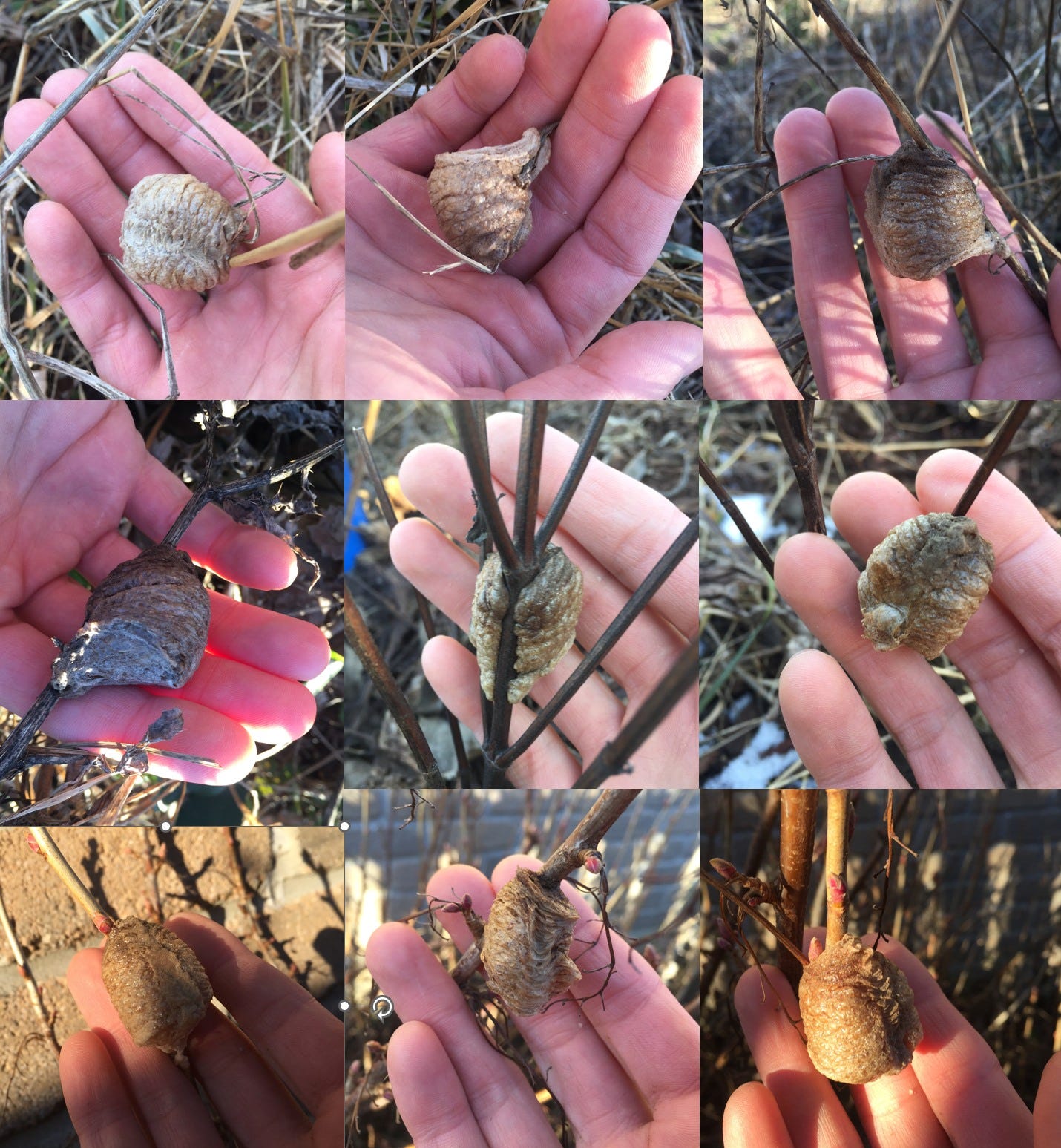
Guild Profiles:
There are many possible configurations for incorporating black currents into both regenerative garden designs and regenerative agroforestry (and/or food forest) designs. I have grown them beside serviceberry trees, elderberry bushes, under oaks, beside wild apple trees, under hickory, beside cold hardy figs and near Pawpaw trees (all with great results). Below are a few possible combinations for productive poly-culture food/medicine guilds that could work well with Black Currents.

Serviceberry Tree Guild
At the heart of this guild is the early blooming and early yielding serviceberry (Amelanchier spp.). This species has multiple other names including: servisberry, deerberry, shadblow, saskatoon, and juneberry - the last is a reference to the month when it is ripe for picking. It is a beautiful plant when in bloom during April. There are numerous species ranging in height from 3 feet to nearly 60 feet, with a spread from 3 feet to 30 feet.
They can sucker to form a thicket but can be controlled by mowing. They do not require an acid soil and will grow in most situations, from damp soil to clay or sandy loams. Because of its ability to thrive in both full sun and semi shade, the serviceberry can grow beneath semi dwarf and standard fruit trees. The fruit of the serviceberry looks like a blueberry but there the resemblance stops.
The berry is low in vitamin C but does have high amounts of protein, fat, and fiber. It is also high in pectin. The seeds also contain cancer fighting Amygdalin (or vitamin B17). When the berries ripen the fruit draws robins, cedar waxwings, and chipmunks; so be ready to harvest or you won't get any. Or you can just sit back and watch the wild kingdom show at your doorstep. Examples of overstory fruit trees for this grouping would include apple (Malus domestica or better yet Malus sieversii) or pear (Pyrus spp.), on the semi dwarfing rootstock of your choice. Tall or semi dwarf stone fruits such as apricots (Prunus armeniaca), peaches (Prunus persica), or plums (Prunus domestica) are also good choices as long as the variety of serviceberry used does not shade them.
Hazels (Corylus spp.) could be used as an intermediate layer between the fruit trees and shorter serviceberry species. Shorter yet, currants (Ribes nigrum and R. rubrum) and gooseberries (Ribes uva-crispa) can also be grown beneath the serviceberry. Climbers that can be used to grow into either the fruit trees or the serviceberries are runner beans (Phaseolus coccineus) or ground nut (Apios Americana). Ground nut is a vine varying in length from 5 to 30 feet.
It produces an edible root and also fixes nitrogen, benefiting neighboring plants. The ground nut, like the serviceberry, is much more tolerant of damp soils than are most fruit trees, so when planting the serviceberries in a damp site using ground nut vines can be a plus. There are rootstock types for many fruits that are adapted to damp soils so it is possible to use the fruit trees in some of those wetter sites as well.
In the understory, comfrey (Symphytum officinale) and horseradish (Armoracia rusticana) can be used as deep rooted pumps to bring subsoil nutrients to the upper root zones of the other species. Lemon balm (Melissa officinalis) is a semi woody short shrub with both culinary and medicinal antiviral uses and can grow along sunny edges. Spring bulbs can be used to fill the empty spring spaces beneath the guild before trees and shrubs have leafed out. Trout lilies (Erythronium americanum) are a native spring ephemeral, leafing out early, then as summer approaches they shed leaves and go dormant, like many other of our common spring bulbs. The trout lily bioaccumulates phosphorous in its leaves at a time of the year when heavy rain and snow melt can wash nutrients off the site, it then releases it back to the soil when the plant goes dormant in June.
White Clover (Trifolium repens) acts as a ground cover to hold soil on slopes from eroding. It accumulates nitrogen through beneficial bacteria relationships. It attracts both honeybees and other pollinators. Mints (Mentha spp.), wild ginger (Asarum canadense), and comfrey are all useful to provide bee nectar and can form the foundation for a nearby apiary guild. Taller and later blooming shrub species that can contribute to additional nectar are summersweet (Clethra alnifolia) and everbearing raspberries (Rubus idaeus) or Agastache foeniculum (aka Anise Hyssop). Attracting insect predators can be done by growing dill (Anethum graveolens), caraway (Carum carvi), parsley (Petroselinum crispum), and fennel (Foeniculum vulgare). Many beneficial wasps depend upon these plants. Butterflies, especially swallowtail species, use these plants as their larval food sources. Onion related species such as garlic (Allium sativum), chives (Allium schoenoprasum), leeks (Allium ampeloprasum), and ramps (Allium tricoccum), as well as other ornamental alliums can all help ward off plant pests when used as either foliar sprays or as companions.
Next i`ll share a possible variation of a guild that could incorporate choice acorn producing oak species like Swamp White Oak, or Shagbark/Shellbark Hickory as an alternative.

Oak and/or Hickory Tree Guilds (Quercus spp./Carya) are central tree components in many yards. Bur oak (Quercus macrocarpa) and white oak (Quercus alba) both yield tasty acorns, needing minimal processing to make an edible nut flour.
Other oak species will also yield acorns but they need more processing to make them edible. Hickory would make another excellent substitute for oaks in this variation if you have the climate for them. You can learn more about Hickory trees in this article. The space beneath the wide spreading branches of the oak is an excellent place for the growing of shade tolerant species. One possibility is paw paw (Asimina triloba), the only temperate climate relative of the tropical custard apple. Paw paws, also called custard bananas, grow to a height of 12 to 15 feet with the fruit ripening in the fall. Paw paws can sometimes sucker to form a thicket, which gave rise to the old song phrase “way down yonder in the paw paw patch”.
The edge areas near the drip line afford enough sunlight for other species such as quince (Cydonia oblongata), and hazels (Corylus spp.). Open areas with dappled light are niches for shrubby fruits such as gooseberries (Ribes uva-crispa)and currants (Ribes nigrum and R. rubrum).
Comfrey (Symphytum officinale) and horseradish (Armoracia rusticana) as deep rooted perennials can, after composting of the leaves, yield up the subsoil minerals they have bioaccumulated. Side dressing this compost around the shrubs and trees will yield the best effect. Of course, comfrey has both medicinal and livestock feed uses and horseradish makes a wonderful condiment. Borage (Borago officinalis) is a bee attractant which has a beneficial effect on strawberries. The borage flower is a bright blue and is edible with an agreeable cucumber flavor. Its seeds are a source of nutritionally beneficial GLA fatty acids. Borage also self-sows, so you can plant it once and move the seedlings around the following year. Strawberries (Fragaria x ananassa) as a groundcover can fill in the remaining sunny spaces. A substitute for strawberries could be arctic raspberry (Rubus arcticus) which will only grow to a height of 1 foot. For the shaded areas where strawberries and raspberries would not do well, wild ginger (Asarum canadense) will grow.
Another excellent possible guild where you can incorporate Black Currents in a food forest design is a Walnut Guild. Butternut and/or Hickory would work instead of Walnut in the example below as well.

Walnut Guild There are many types of walnuts, including black walnut (Juglans nigra), English walnut (Juglans regia), heartnut (Juglans ailantifolia), and buartnut (Juglans cinerea x Juglans spp.).
Hickories (Carya spp.) and pecans (Carya illinoinensis) are also close relatives and share some of the same guild limitations regarding compatibility with other plants. Another an excellent substitute is the butternut (Juglans cinerea). In this version of the guild shown above the designer used black walnut because it is commonly found where they live and has the widest range. It’s a tall growing tree that yields edible nuts and oils with a high nutritional value for both humans and wildlife. The whole fruits are useful as a medicinal vermifuge when tinctured in alcohol or vinegar. The wood is valuable in carpentry. The shells have been used as an industrial abrasive. An added benefit is the plentiful squirrel crop that the black walnut tree encourages. With all these great qualities for walnut there is one thing to consider.
Black walnut roots exude a chemical called juglone which inhibits the growth of many other species of plant. This reduces competition for nutrients in favor of the walnut. The leaves and the fruit husks of black walnut also contain juglone, although in lesser amounts. The chemical's influence extends to roughly an additional 50% beyond the drip line of the tree. A use for the fruit husks that takes advantage of its juglone levels is as herbicidal mulch for problem areas where plants have become aggressive. This works best on plants with a shallow root system such as ground ivy (Glechoma hederacea) or bishop's weed (Aegopodium podagraria). Mulberry (Morus rubra) can reduce the growth restricting effects of walnut trees when planted at the drip line between the walnut and a susceptible tree such an apple. Mulberries yield an edible fruit similar in appearance to the common raspberry. It is harvestable starting in late spring and for weeks thereafter. Another fruiting tree for this association is the cherry. Black cherry (Prunus serotina) and sour cherry (Prunus cerasus) work well as both can tolerate being a neighbor to walnuts.
The black cherry produces a small, edible fruit. Also its bark has been used to make a medicinal tea. It is a larval plant for the caterpillar of swallowtail butterflies and an early spring nectar source for pollinating bees and wasps. Shrub plants that are useful growing with walnuts are currants (Ribes nigrum and R. rubrum) and gooseberries (Ribes uva-crispa). Another berry shrub useful here is raspberry (Rubus idaeus).
Ribes tolerate juglone, the above mentioned chemical, so Currants can be used as a buffer plant between your black walnuts and your other forest garden plants.
Pawpaw trees can also tolerate the juglone so they are a great potential companion.
Plantings of comfrey (Symphytum officinale) as a bioaccumulator also produce loads of bee attracting flowers in late spring to early summer. Comfrey is also known as the medicinal knitbone, and is used to treat sprains and broken bones. Spring bulbs (see appendix I) are very useful, especially daffodils (Narcissus spp.) as they seem immune to walnuts. Daylilies (Hemerocallis fulva) with their edible bulbs grow well here too. Hostas (Hosta spp.) will also work and produce tender edible leaves in spring and tasty flower buds and flowers in the summer months.
Practical Uses:
Medicinal Plant – The leaves and fruit are often used medicinally.
Good companion for Black Walnut. Ribes tolerate juglone, a chemical produced by black walnuts that can be toxic to other plants (killing or severely stunting them), so Currants can be used as a buffer plant between your black walnuts and your other forest garden plants.
Tea Plant – The leaves can be dried and used as a tea or used with herbal tea mixes.
Edible Leaves – Young, tender leaves are edible, and most commonly used in soups, although I have yet to try this. I cannot find any source that states the leaves need to be cooked first, but all recipes use cooked leaves. I do not know if, for instance, the leaves contain any toxins that are destroyed with cooking, or if the leaves just taste better when cooked and used when mixed with other flavors. I’ve even seen a recipe for Blackcurrant Leaf Ice Cream!
Dye Plant – The leaves and fruit have been used as a natural dye.
For larger plantings, you could juice them and then use the “pomace” separately Black currant “pomace” is a by-product of juice production contains seeds and peels. The seeds of black currant are a rich source of γ-linolenic acid and other fatty acids of nutritional significance and can also be used as a herbal concentrate and in functional food products. Apart from the seeds, the peels are enriched with beneficial polyphenols especially the anthocyanins, ending up as a residue instead of in juice during processing. Recent studies conducted by Holtung et al. (2011) showed that phenolic compounds could also be extracted from press residues by simple water extraction at 90oC and that the extracts obtained at this temperature exhibited a strong inhibition of cell proliferation for cancer cell lines.
Wildlife Food – many animals will eat the fruit, especially birds!
Wildlife Shelter – mainly birds and small mammals find refuge in the mini-thickets these plants can form.
General insect (especially bees) nectar plant
Hummingbird Plant – these plants have nectar for Hummingbirds
Seed/Cutting Propagation:
Sow just under the surface of the soil and water in. Then cover them with plastic and place in a fridge for 90 days. Be sure they stay moist. After the cold stratification they are then brought back to room temperature 20-22C (68-72F) for them to germinate. Germination is irregular over a long period of time, generally 60-90 days, but some can take longer. Do not discard the planting tray, as patience is needed, and they are well worth the wait.
Most common propagated with seed; needs cold stratification for 12 weeks. Can also be propagated via cuttings, and this is how cultivars are propagated.
Cultivation details:
8 Ways to Grow Currant Bushes in the Landscape
Here are a few ways to grow the bushes:
As a foundational hedge bordering the front porch. The spring flowers are gorgeous in the spring, and the berries dangle like bunches of grapes in early summer.
In a shady, unused spot. Try planting them under oak, walnut, or apple trees, according to Gaia’s Garden.
In a wildlife hedge. Birds love the berries. They are said to be deer-resistant, but I’m not so sure about that.
In a poultry foraging area. Chickens like them, too.
At the edges of open woods or in dappled shade in the woods (as in a food forest).
In a pollination garden. The tiny flowers provide nectar for both hummingbirds and a menagerie of other insects.
In your medicinal garden. Black currant leaves are known for curing quite a large array of symptoms and illnesses, from arthritis to colds and coughs. All currants are high in vitamin C and can be dried and eaten as a supplement during the winter months.
In a jelly garden. While I think they’re a bit tart for fresh eating, they transform into a sweet and mellow taste when made into jelly.
Ripening Time: June-July
Harvesting:
Yield: Variable, but an established Blackcurrant bush can produce up to 10 pounds (4.5 kg) per year/3-5 quarts/3-5 liters.
Harvesting: Harvest in mid to late Summer. The longer the fruits stays on the plant, the sweeter they become. Although, this give birds more chance at eating them. The more “wild” species (ones not cloned but grown from seed) will ripen more unevenly, so these plants may need to be harvested a few times.
Storage: Use within 1-2 weeks fresh, 6-9 months frozen in air tight bags. Or ideally fermented into a beverage with some kick that can age well and last years! ;)
Recipes:
Preserving Blackcurrants
I do love to preserve gluts of food so they can be used when the season is but a memory. Jam is the classic way to preserve them. There’s more than one way to make it. Check out this chilli blackcurrant jam for one example. It now has its very own place in the spotlight. The chilli gives the jam a bit of a lift, but doesn’t blow your head off.
Blackcurrant cordial from Recipes Made Easy
Easy homemade cassis from me at Tin and Thyme
Blackcurrant gin from Practical Self Reliance
How to make blackcurrant mead from Practical Self Reliance
Bread kvass with blackcurrants from Peter’s Food Adventures
Blackcurrant vinegar from me at Tin and Thyme
Easy Blackcurrant Curd from Baking Queen 74
Easy blackcurrant jam from me at Tin and Thyme
Raspberry & blackcurrant jam from Fab Food 4 All
I also enjoy good old fashioned Black Current Jam: https://practicalselfreliance.com/blackcurrant-jam/
Breakfast
Blackcurrant compote on top of porridge in the middle of winter is pure delight. You have zing and a beautiful vibrant colour to liven the porridge as well as a taste of summer. I usually try to freeze a few for this very purpose.
There are more ways to enjoy blackcurrants for breakfast however. They’re great in smoothies. Just replace the blueberries and apple with blackcurrants in this blueberry kefir smoothie.
Blackcurrant & Coconut Smoothie (vegan) from Elizabeth’s Kitchen Diary
Blackcurrant pancakes from All That I’m Eating
Wheatberry currant salad from Running to the Kitchen
Blackcurrant Recipes for Cakes & Cookies
Blackcurrants make a wonderful fresh, tart and flavoursome addition to bakes. Add them to, or even on top of, cakes, muffins, scones or cookies. They also make for delicious and colourful tarts and pies. The fruits are best used whole, but you can easily make a puree of them too by mashing them up and pushing through a sieve.
Almond blackcurrant bars from me at Tin and Thyme
Blackcurrant brownies from me at Tin and Thyme
Blackcurrant & mint fondant fancies from Phil’s Home Kitchen
Chocolate blackcurrant buckle from me at Tin and Thyme
Oaty blackcurrant flapjacks from Foodie Quine
White chocolate blackcurrant blondies from All That I’m Eating
White chocolate blackcurrant cookies from me at Tin and Thyme
Pudding & Desserts
Blackcurrant fool with fresh mint & rose from me at Tin and Thyme
Blackcurrant meringue pie from Gluten Free Alchemist
Chocolate pancakes with blackcurrant & rose compote from me at Tin and Thyme
Deep-filled blackcurrant pies from Little Sugar Snaps
Summer pudding from Farmersgirl Kitchen
Vanilla cream blackcurrant tart from Only Crumbs Remain
Blackcurrant Leaf and Nettle “Beer”.
Currant leaves are edible but most commonly used in teas.
Blackcurrant Syrup:
Blackcurrant syrup has long been used as a treatment for sore throats and cough in children, but it can also be used to flavor soda or tonic water, teas, other juices, or mixed drinks.
Blackcurrant syrup is a pretty simple recipe. It consists of roughly one part sweetener, one part water, and two parts fruit. The sweetener is dissolved in the water over heat, and then the fruit is added. Boil for 5-10 minutes, then remove from the heat for a few minutes. Mash the fruit (a potato masher works well for this). Return to boil for another few minutes to make sure the juice is all extracted. Some people will add lemon juice or citric acid at this point. Strain the juice through a fine sieve, muslin, or jelly bag. Pour into sterile jars and keep refrigerated.
I also like to add black current to fruit salads (especially when they are PawPaw fruit salads!)
References:
https://pmc.ncbi.nlm.nih.gov/articles/PMC10563683/
https://pmc.ncbi.nlm.nih.gov/articles/PMC3914294/#:~:text=Compounds%20contained%20in%20fruits%20and,and%20are%20beneficial%20for%20health.
https://ift.onlinelibrary.wiley.com/doi/10.1111/1750-3841.14781
https://www.researchgate.net/publication/335432689_Blackcurrants_Ribes_nigrum_A_Review_on_Chemistry_Processing_and_Health_Benefits
https://practicalplants.org/wiki/ribes_nigrum/
https://blackcurrantfoundation.co.uk/
https://pubmed.ncbi.nlm.nih.gov/21121259/
https://pubmed.ncbi.nlm.nih.gov/31454085/
https://pubmed.ncbi.nlm.nih.gov/22673662/
https://www.sciencedirect.com/topics/agricultural-and-biological-sciences/ribes-nigrum
https://agroatlas.ru/en/content/cultural/Ribes_nigrum_K/
https://www.sciencedirect.com/science/article/pii/S1756464615003023
https://abc.herbalgram.org/site/SPageServer?amp;pagename=AAH_Black_Currant
https://openagriculturejournal.com/contents/volumes/V18/e18743315309357/e18743315309357.pdf
Role of Anthocyanins in Obestiy and Inflammation. HC# 111745-594, 6/15/2018.
Review of Medicinal Plants for Treating Parkinson's Disease. HC# 091666-565, 3/31/2017.
Consumption of Black Currants before Smoking May Improve the Oral Immune Response of Healthy Smokers. HC# 051513-532, 11/13/2016.
Berries Beneficially Affect Postprandial Glucose Levels. HC# 101267-467, 2/28/2013.
http://archive.northsearegion.eu/files/repository/20131218083822_SE-Enclosure22_marts12.pdf
https://www.tenthacrefarm.com/how-to-grow-and-use-currants/
https://jeanmariemorelli.com/2015/07/06/black-currants/
https://tcpermaculture.com/site/2015/03/23/permaculture-plants-currants/
https://www.foodforestnursery.com/product/Crandall-Black-Currant/
https://wildfoodshomegarden.com/Currant.html
https://www.planetayurveda.com/library/ribes-nigrum-black-currant/?srsltid=AfmBOopqFr3WYHmFO8jYa8IDeQivnjAjPXfFcNHdzE4FNUtD9mkbc4CO
https://www.rhs.org.uk/advice/grow-your-own/features/fascinating-facts-blackcurrants
https://temperate.theferns.info/plant/Ribes+nigrum
The above post was the 21st installment of a series titled Stacking Functions in the Garden, Food Forest and Medicine Cabinet : The Regenerative Way From Seed To Apothecary.


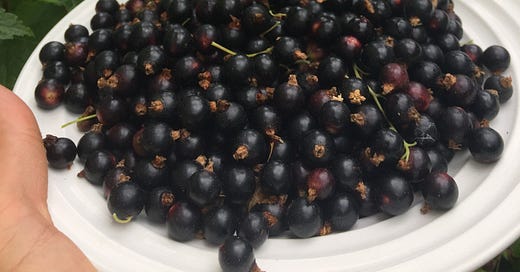


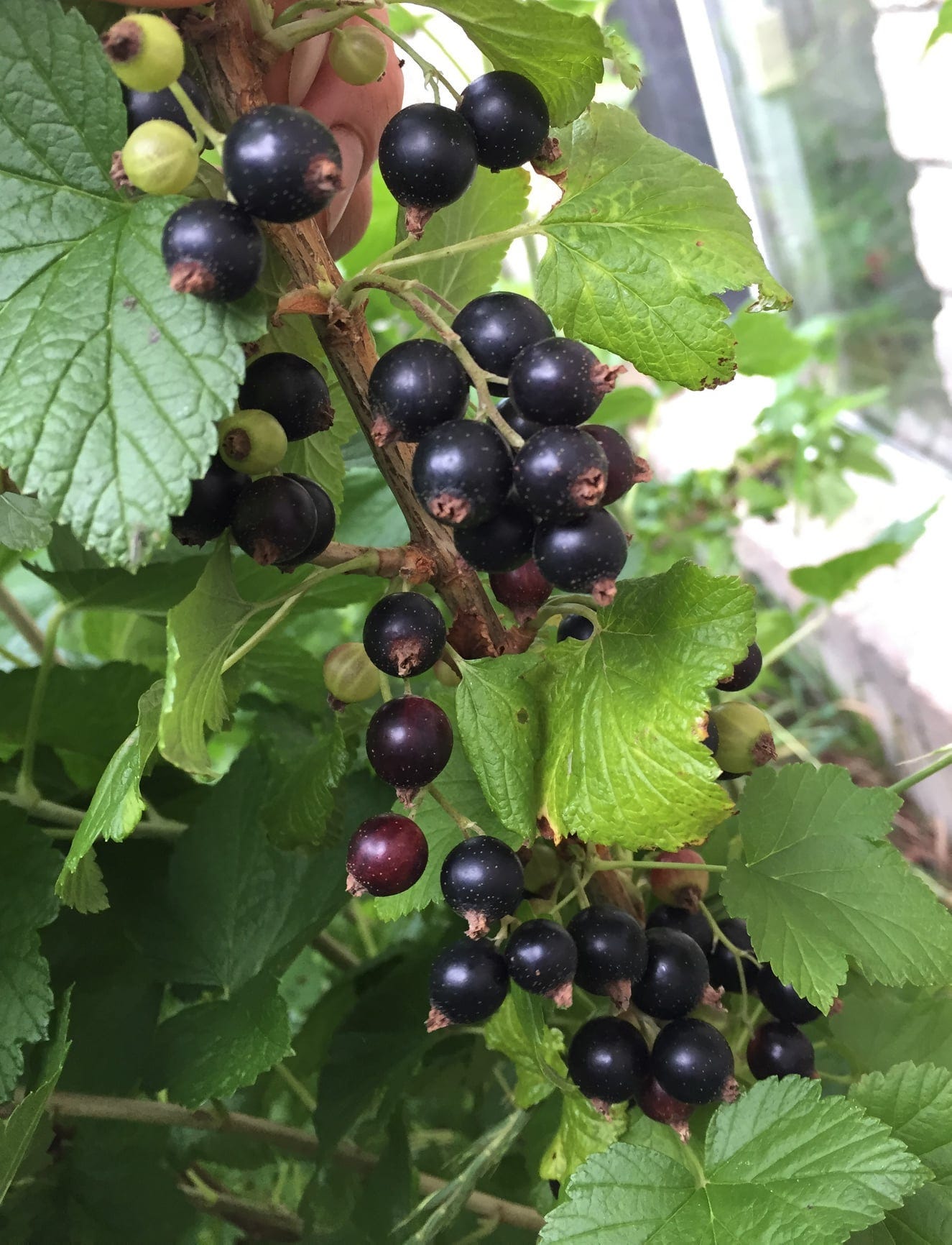

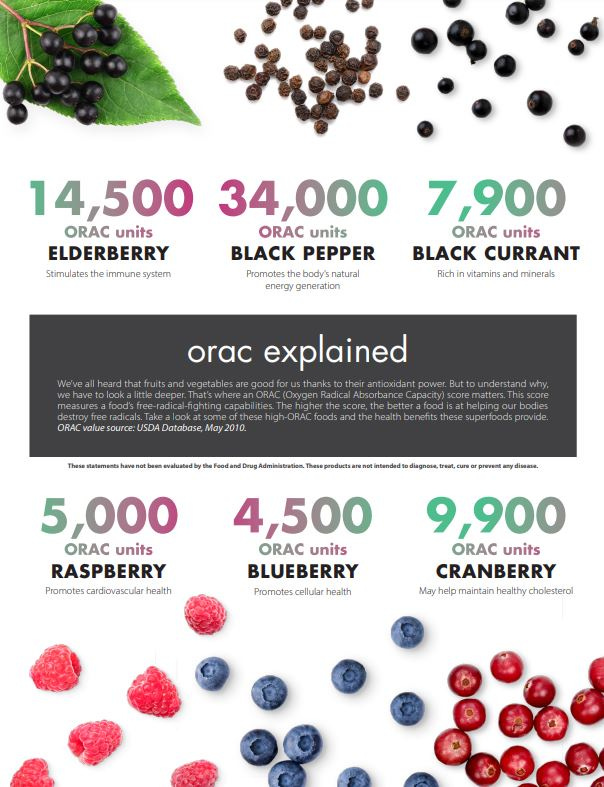
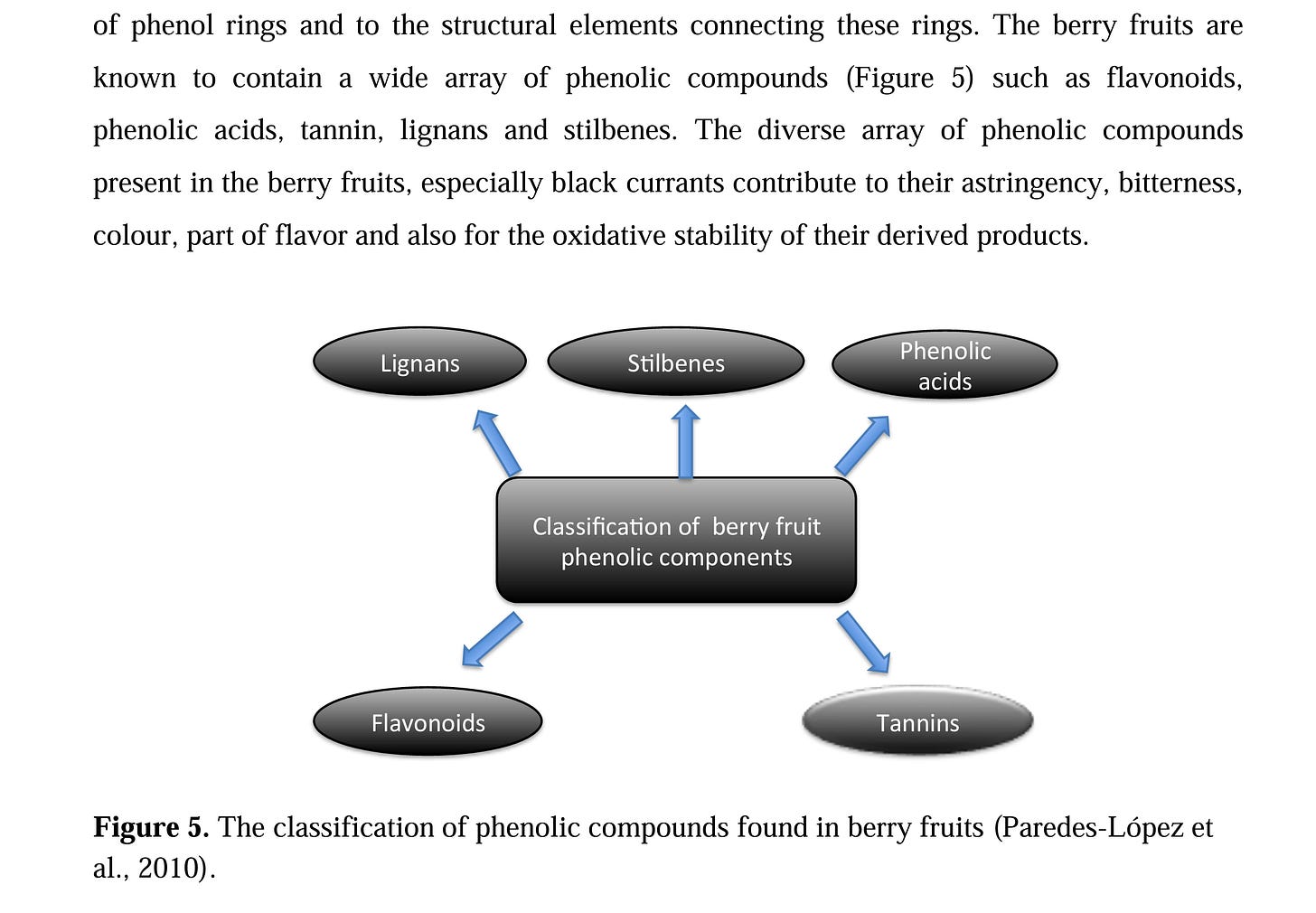



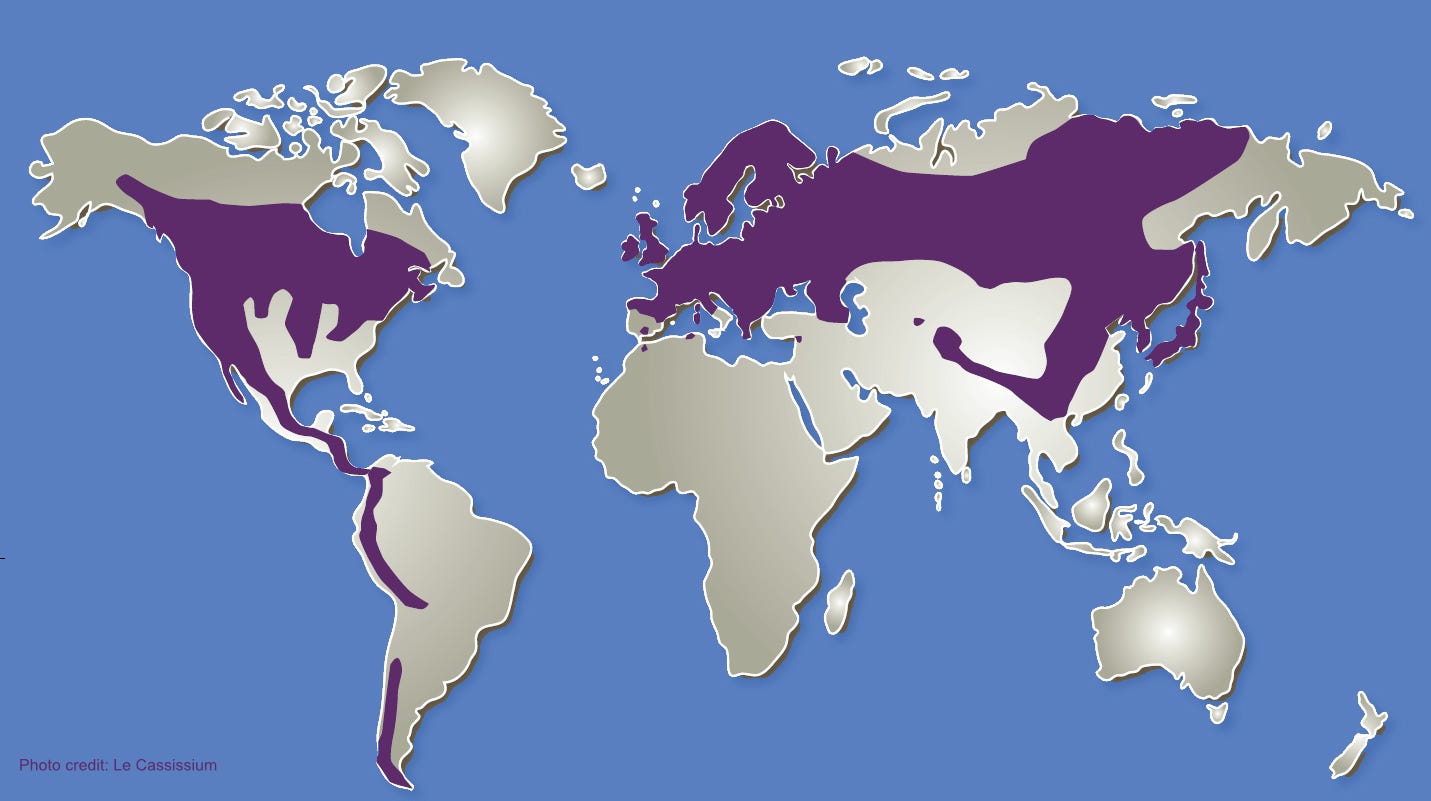


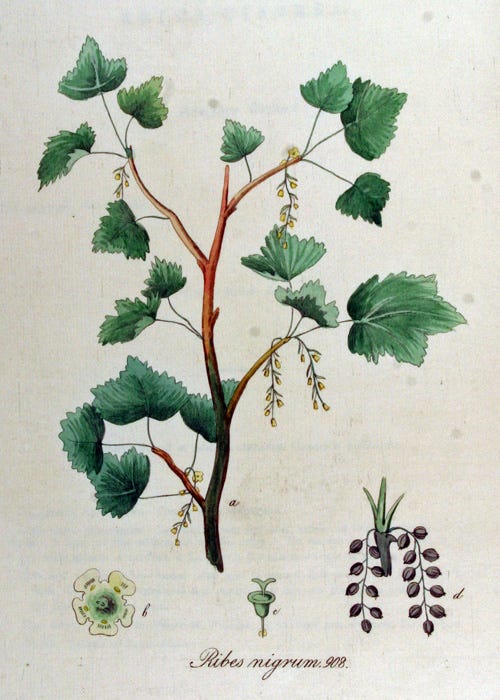
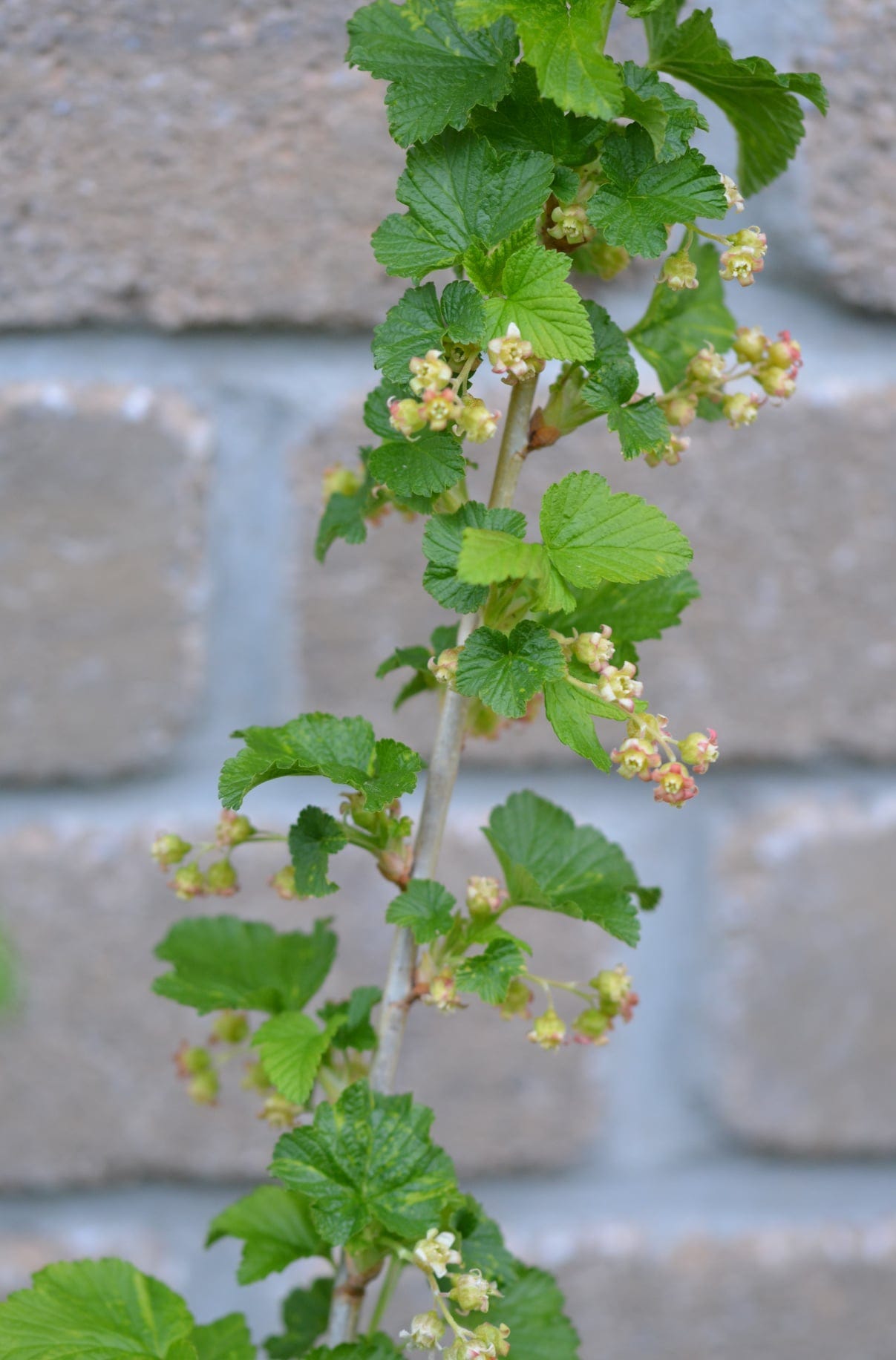
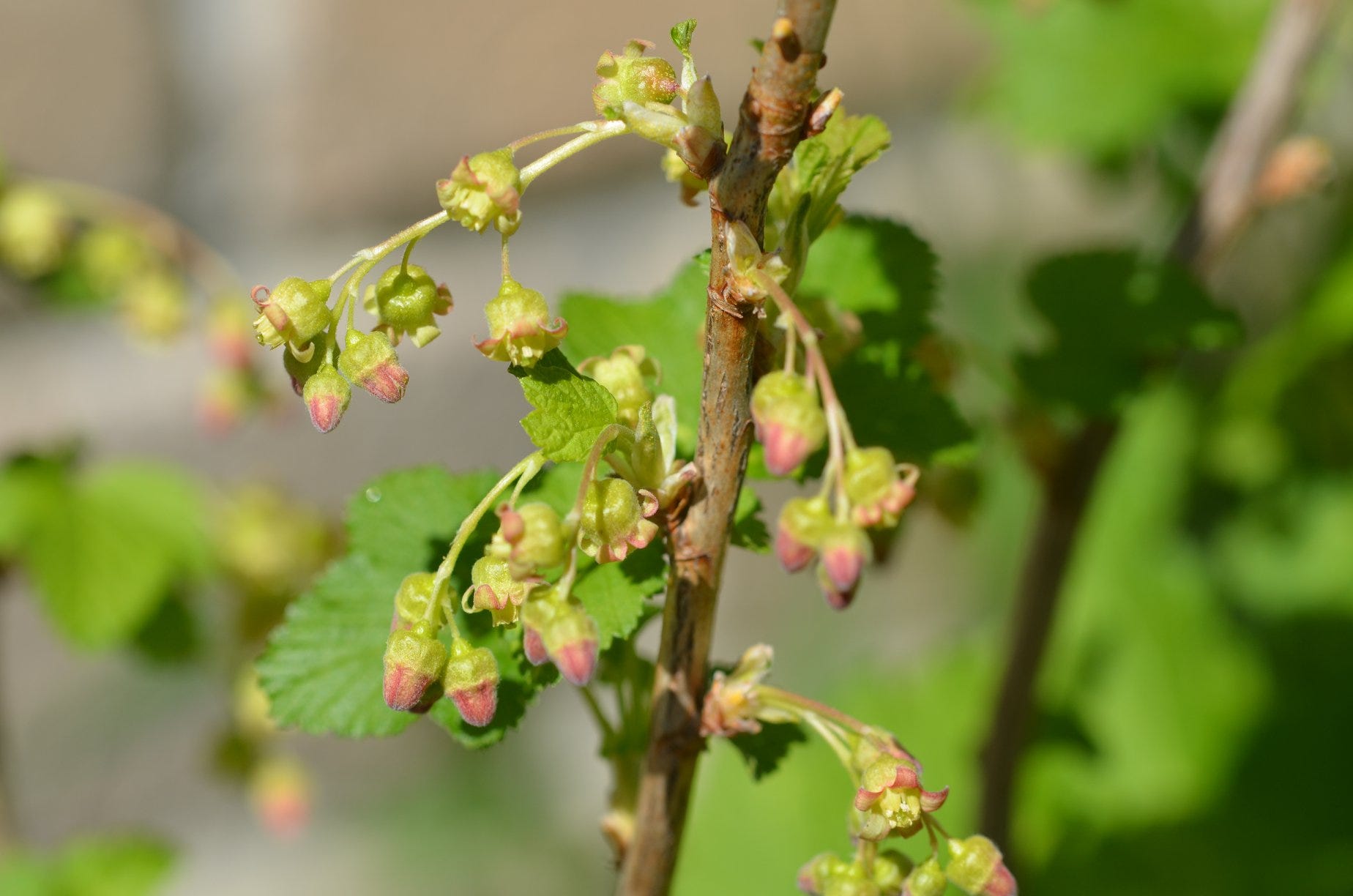
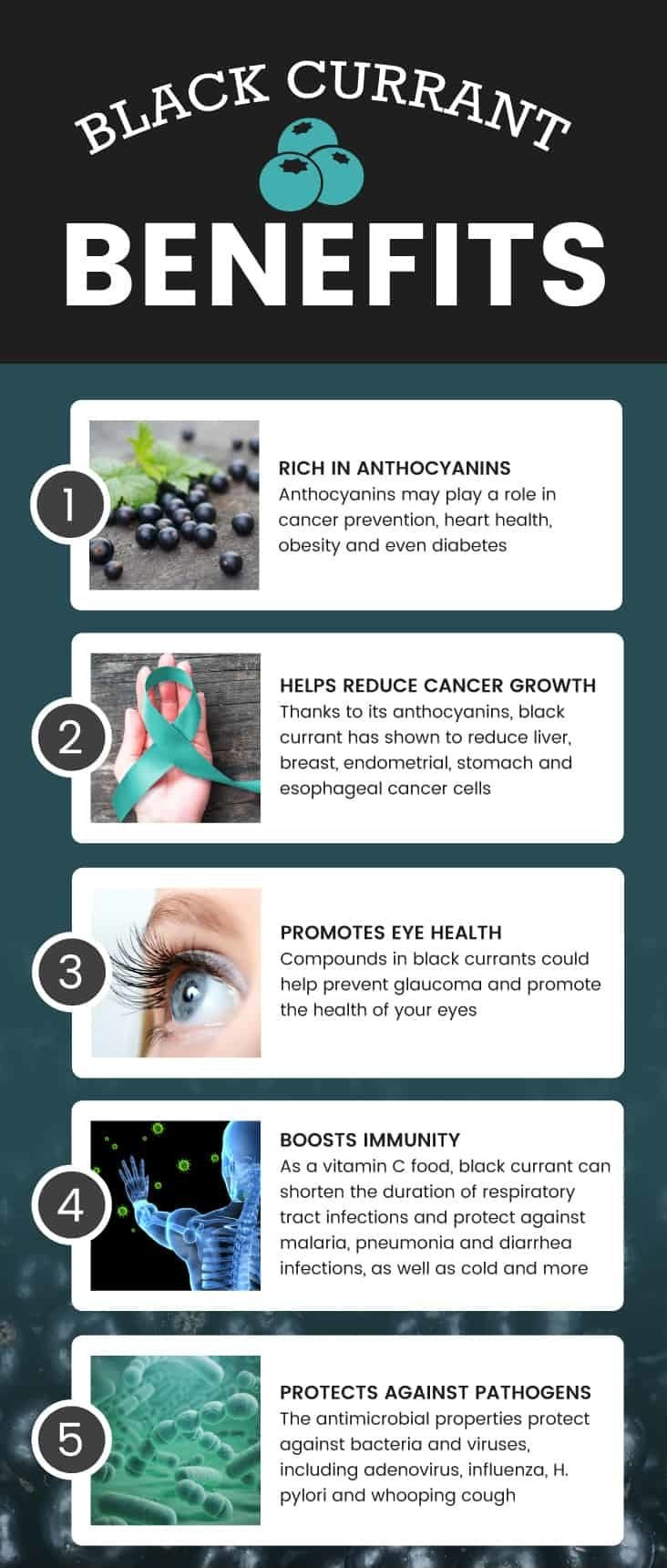
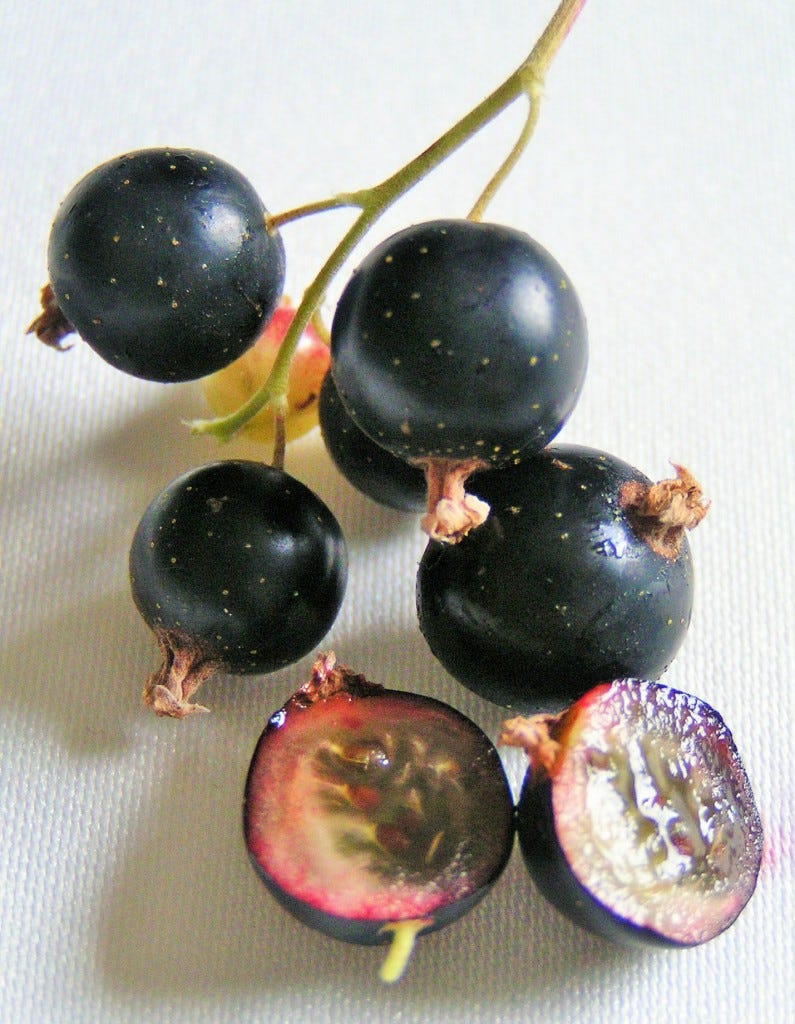
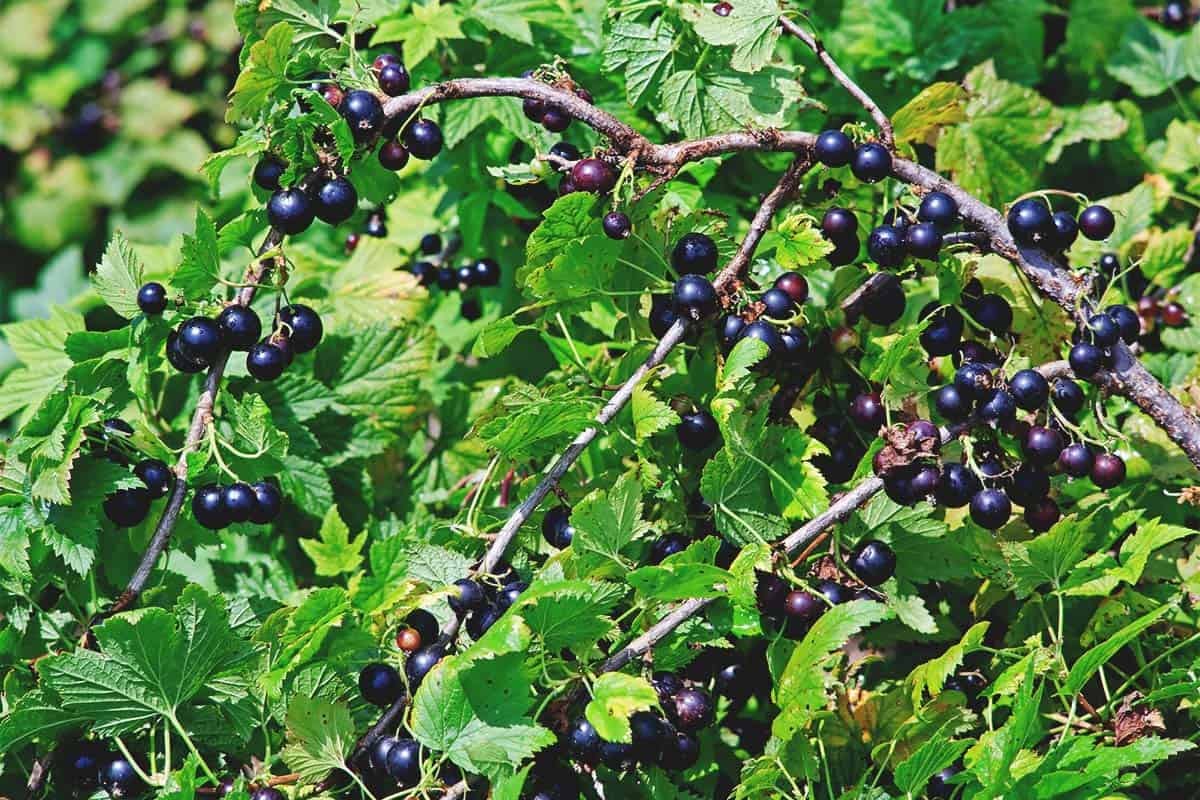
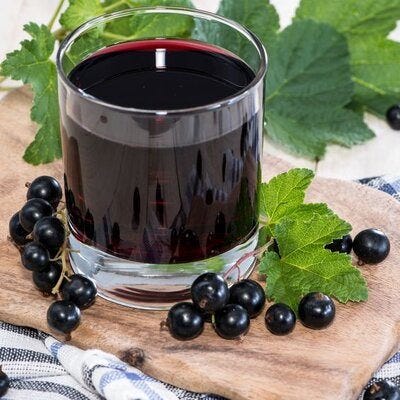
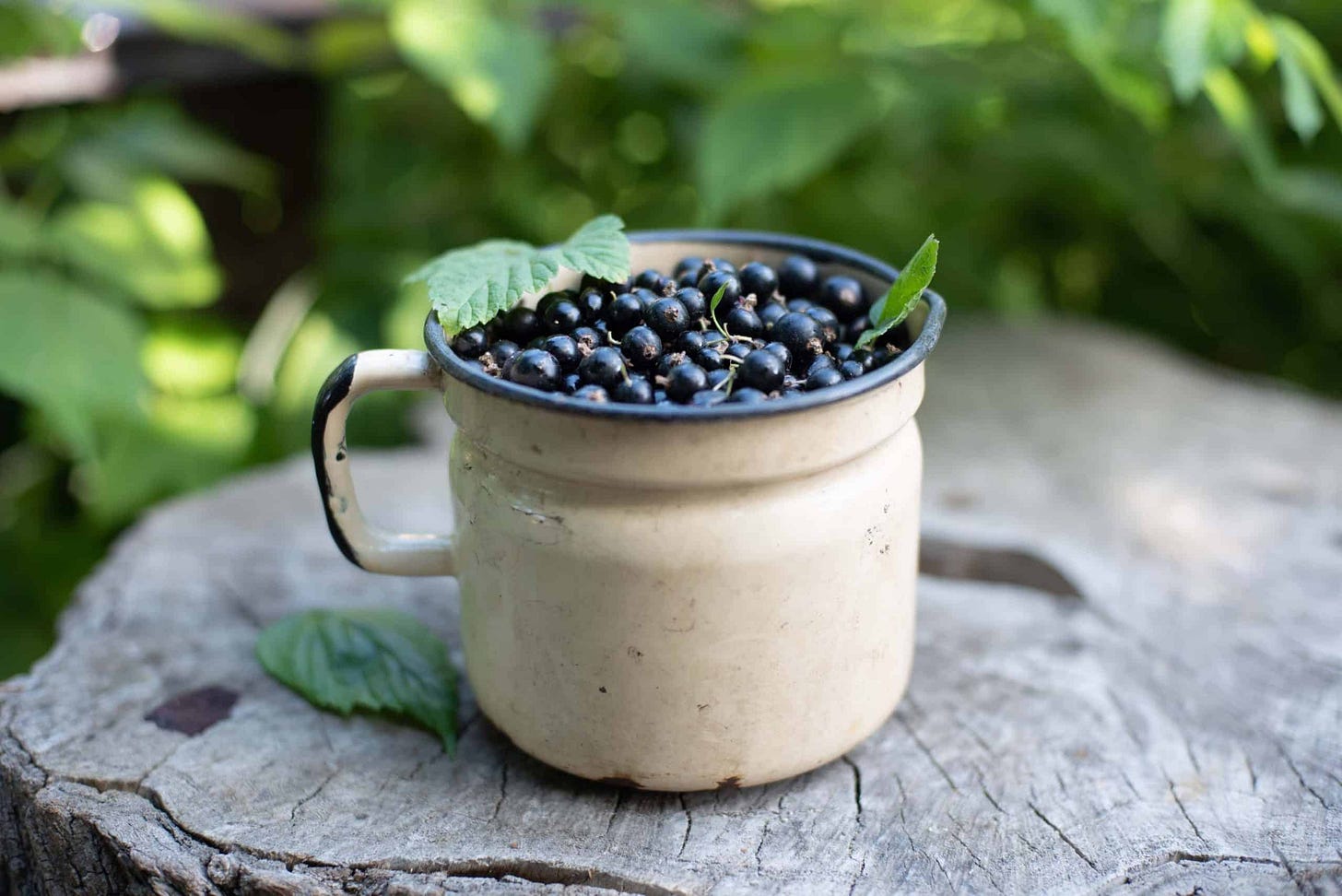
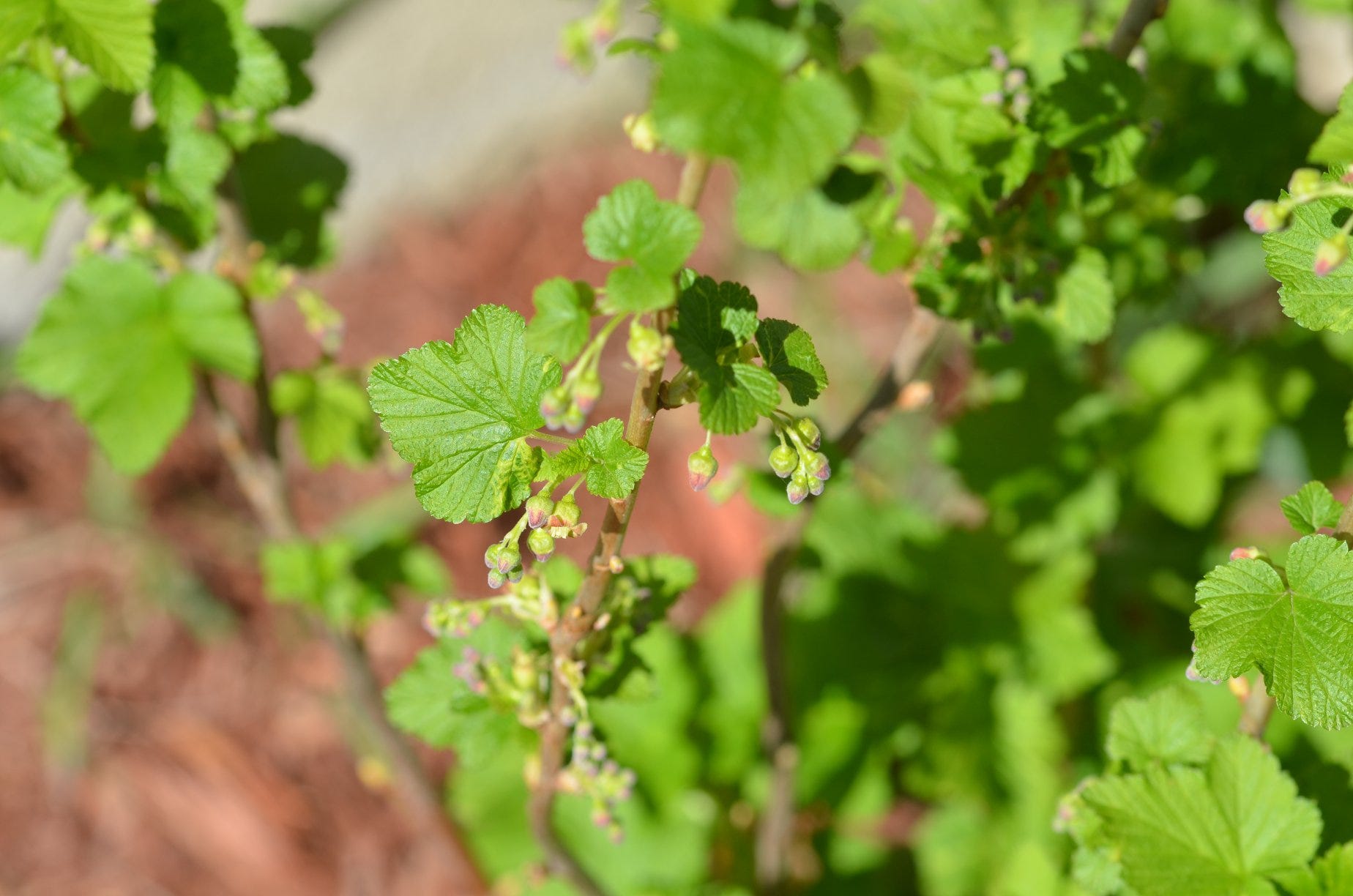
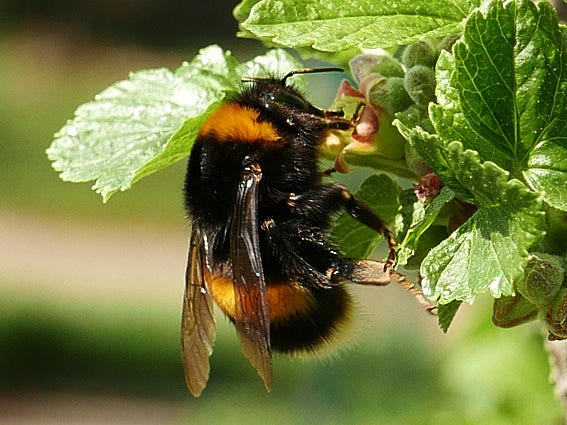

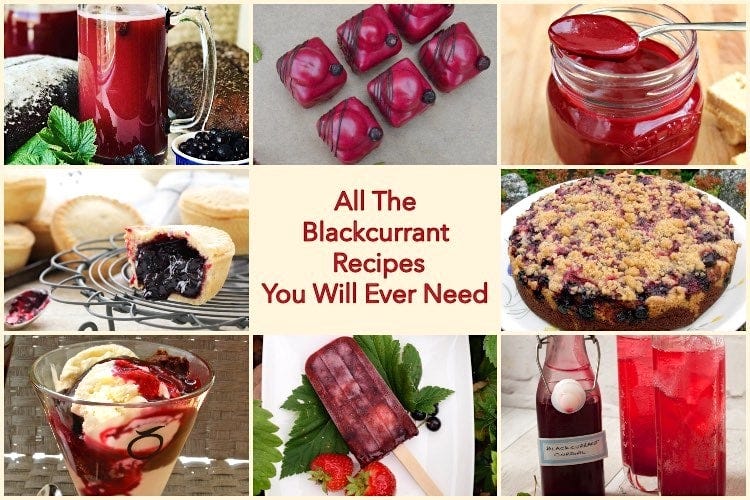
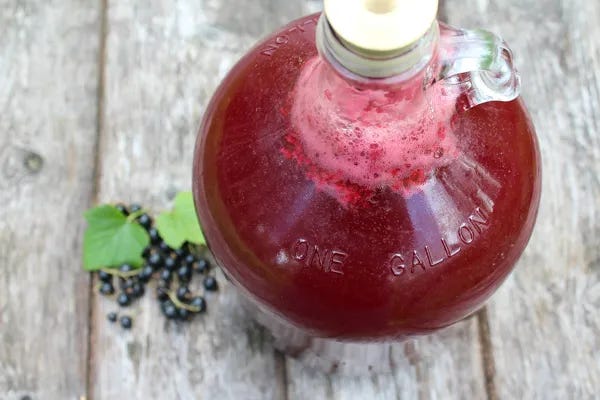
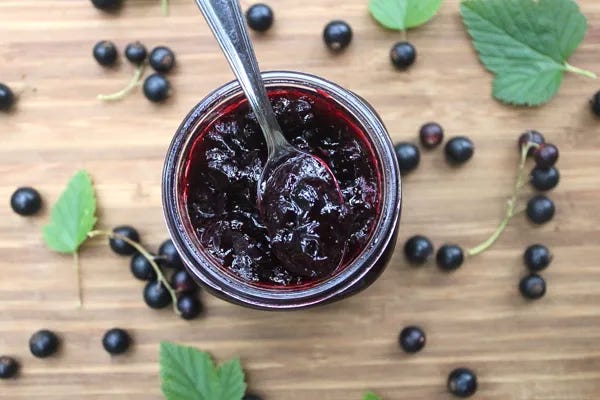
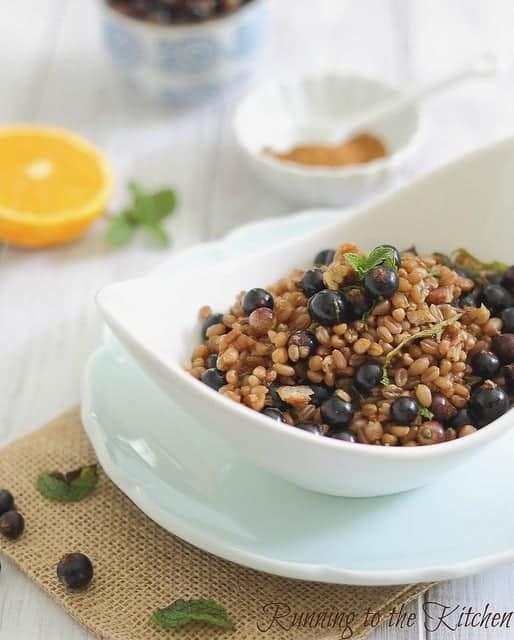
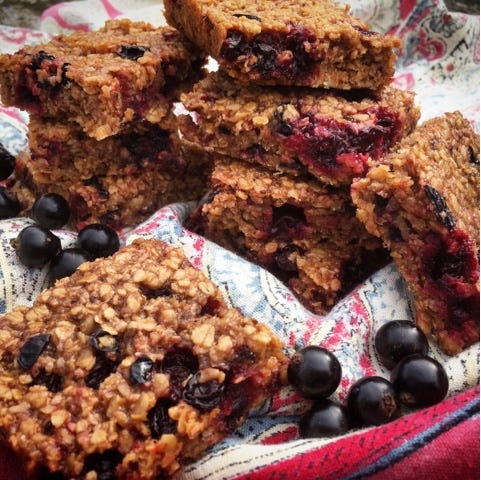
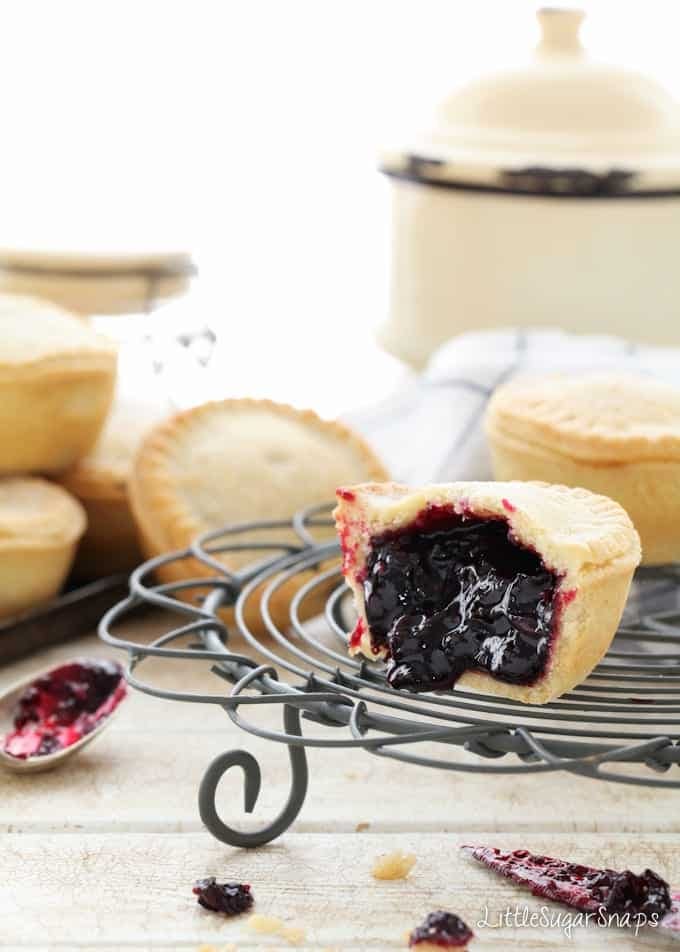

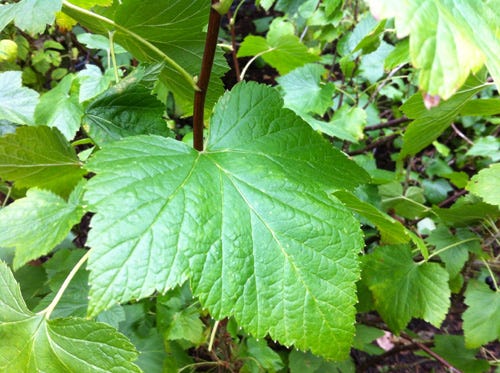
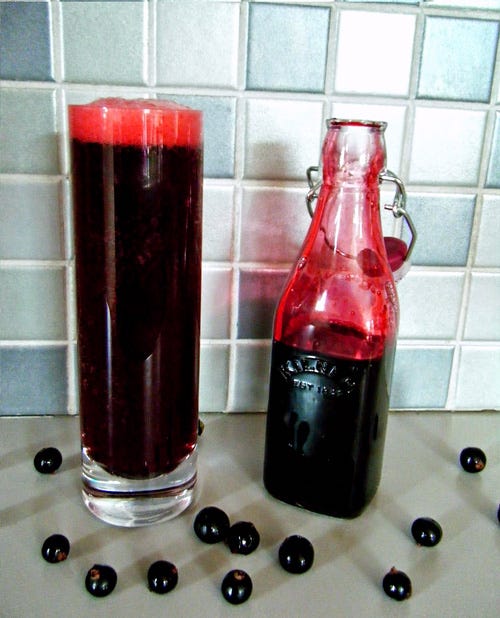
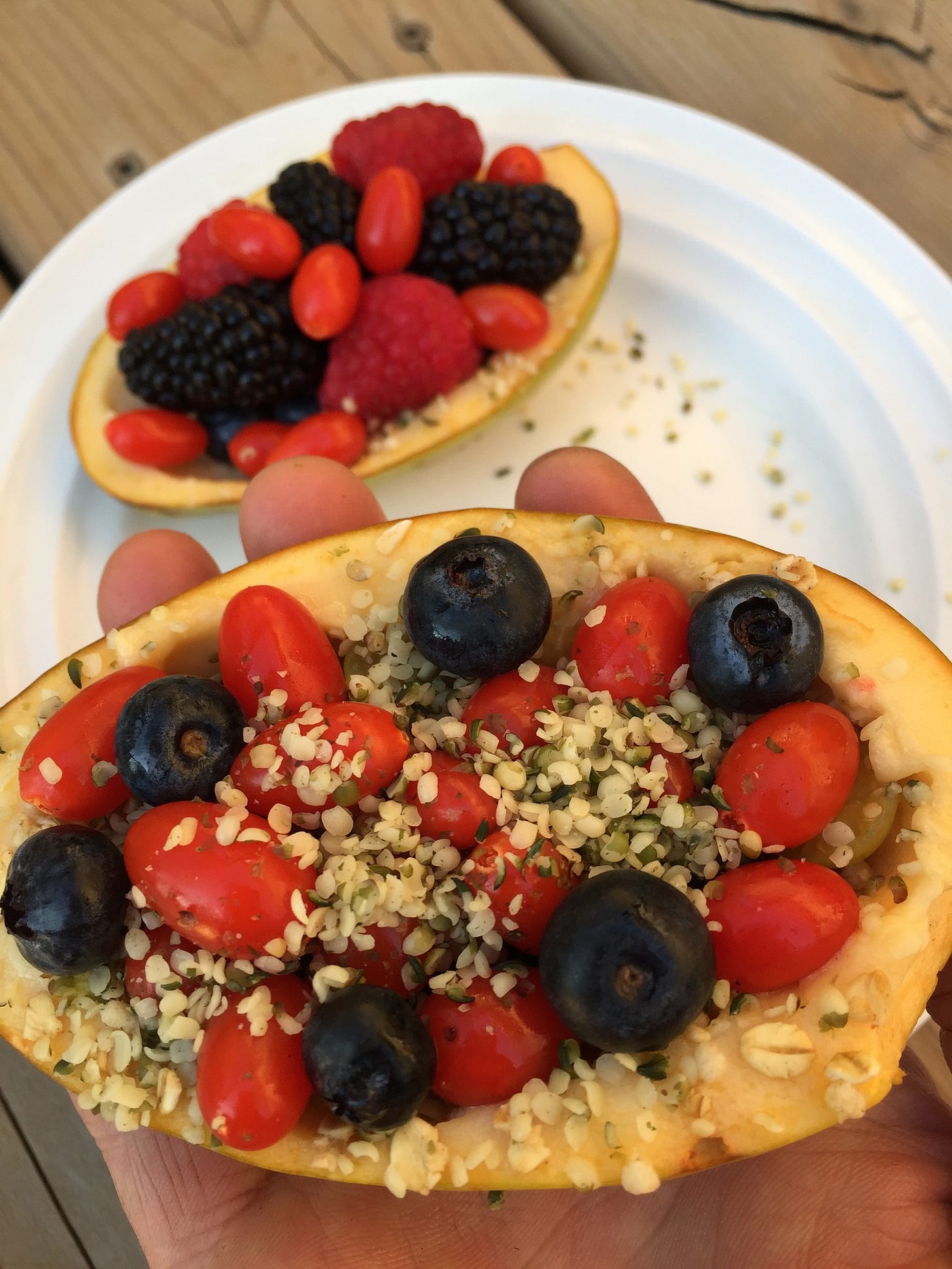
great write up.
I should buy a currant bush again. I've tried to plant both red and black currants but somehow they both attracted my lawnmower near dusk (yes, that's my own fault) before they rooted in and neither survived.
the funny thing is the choice to grow them had nothing to do with health or nutrition... I love the flavor, and when dried like raisins the sugar crystal crunch texture is fantastic too.
Your industry and passion for Mother Earth inspires me so deeply, Gavin. I never stop learning from you. I've (finally) ordered your book, and can't wait to feast (haha) my eyes upon it! Much gratitude for your shining light...xox